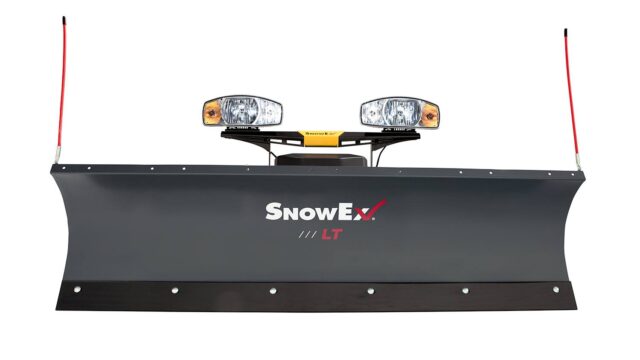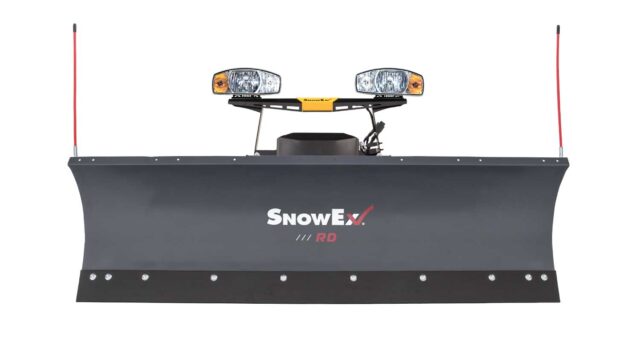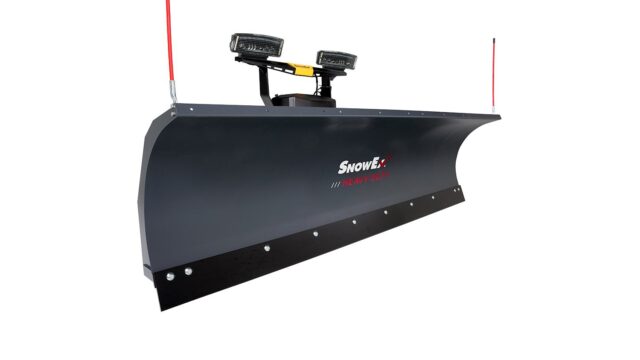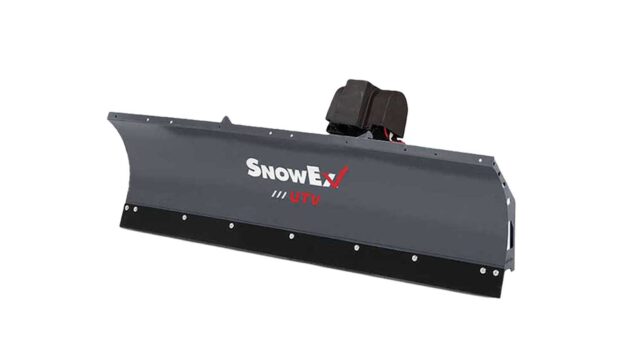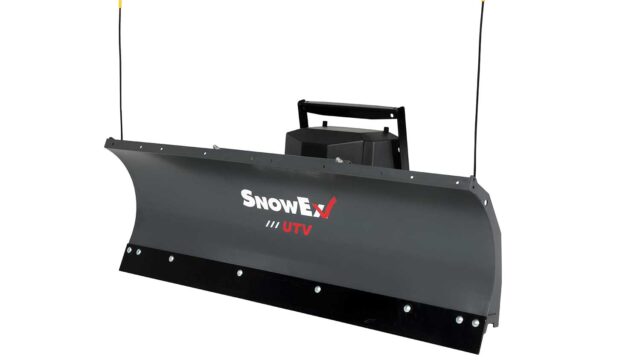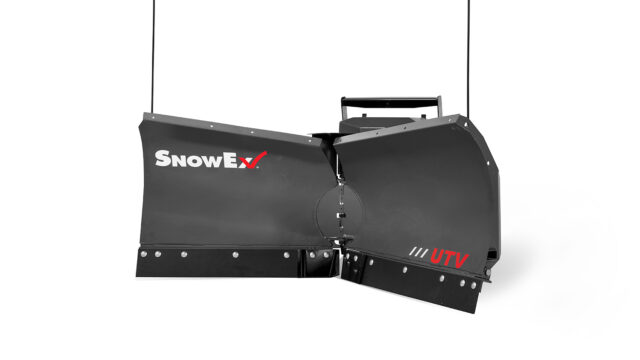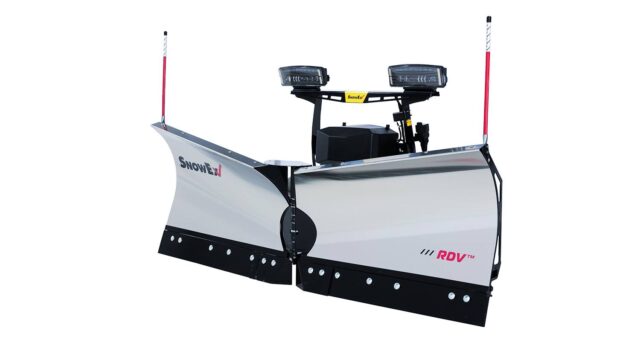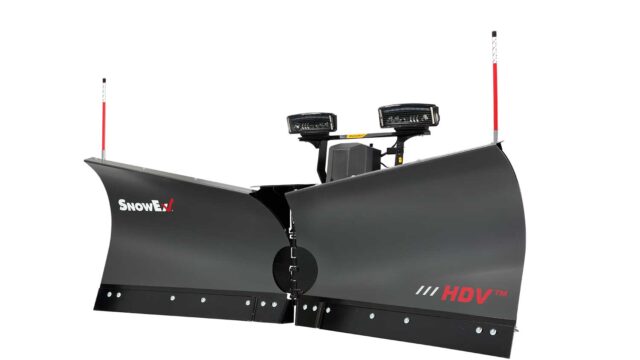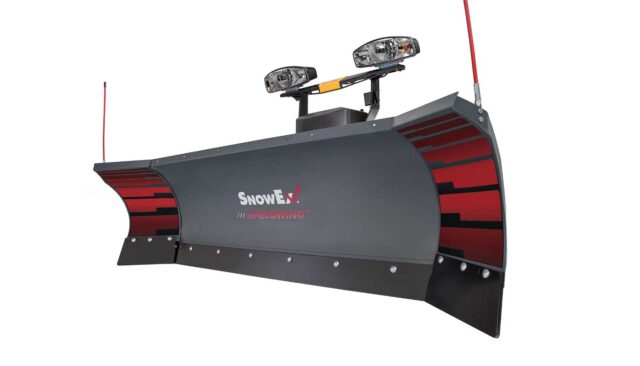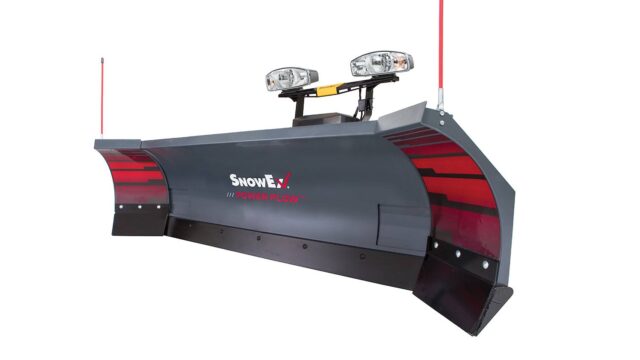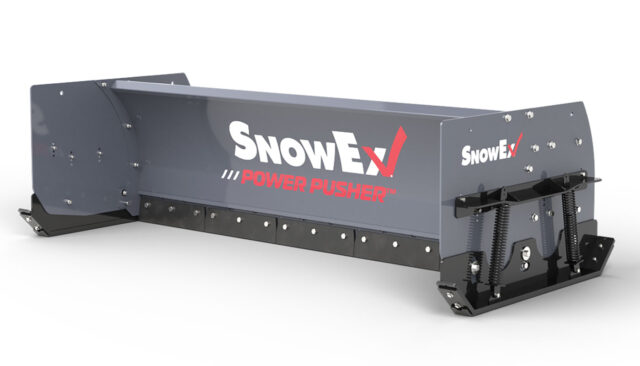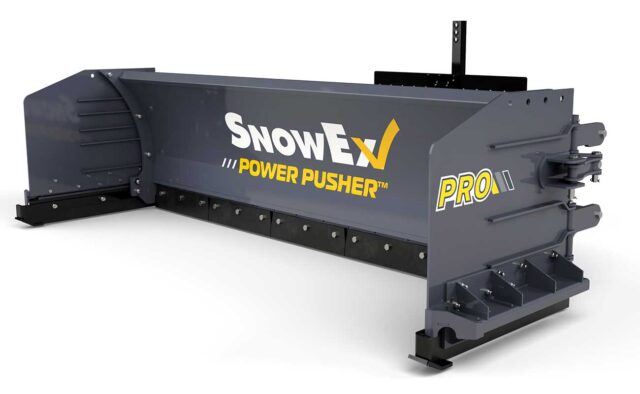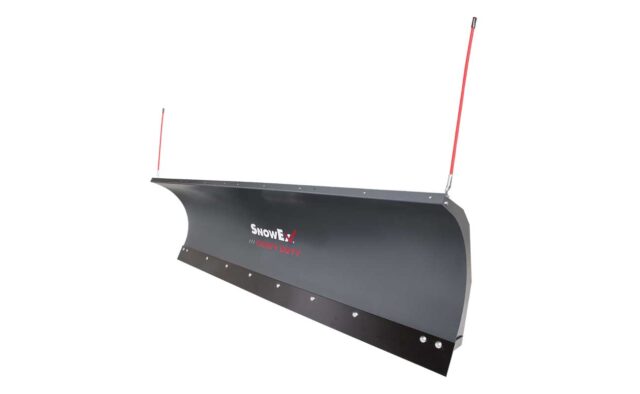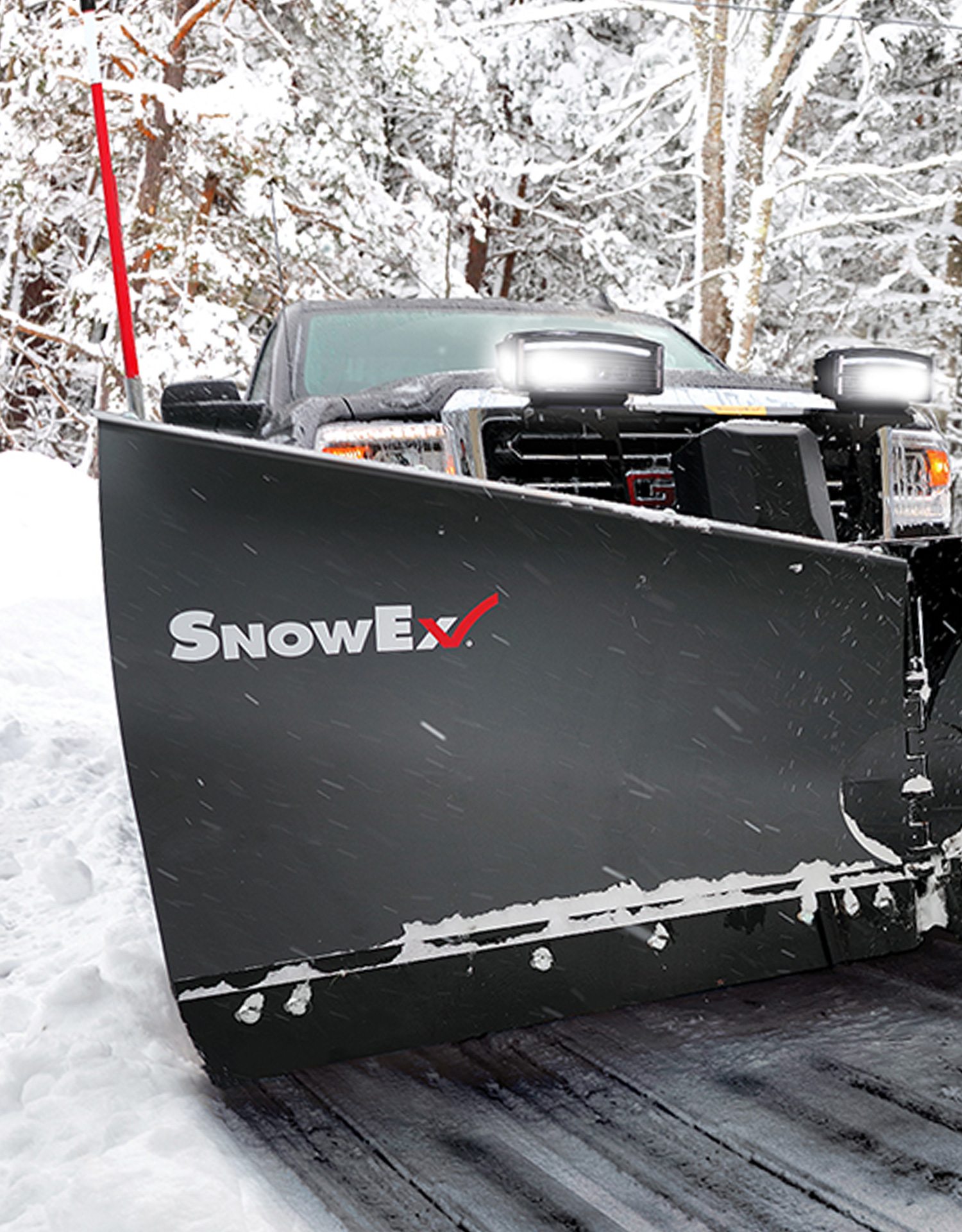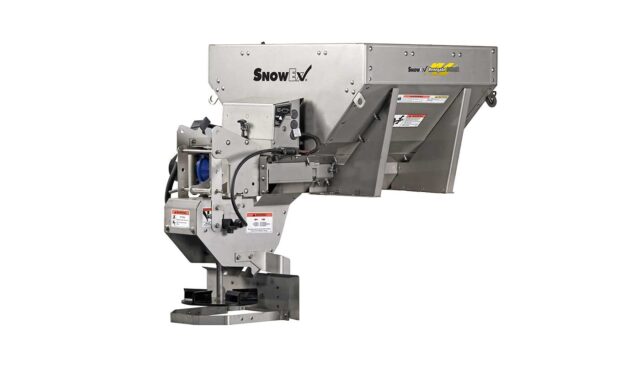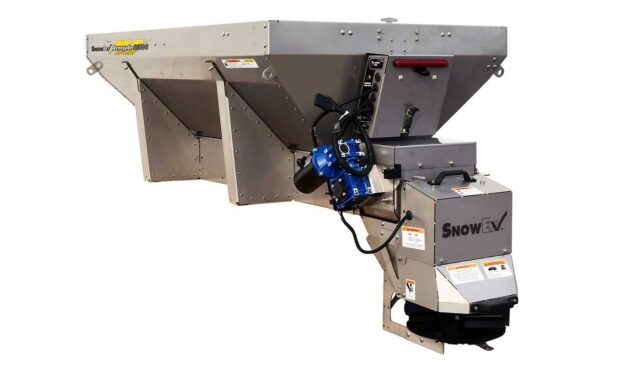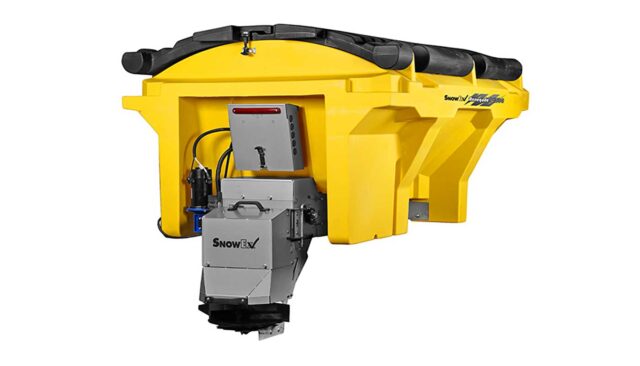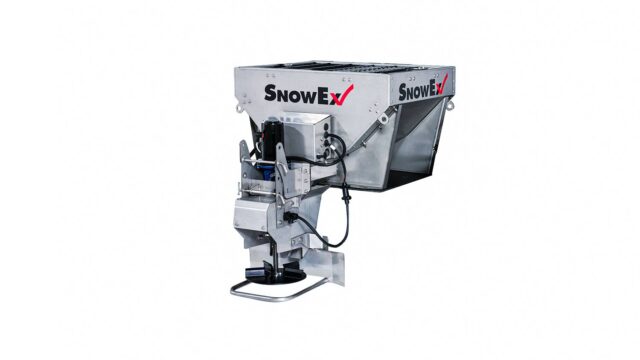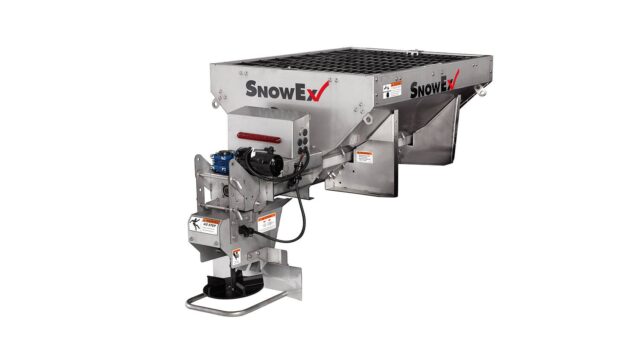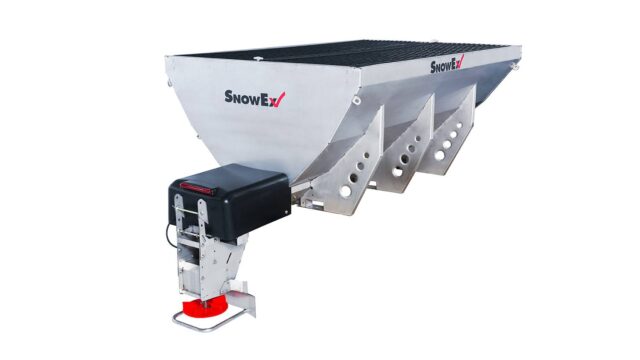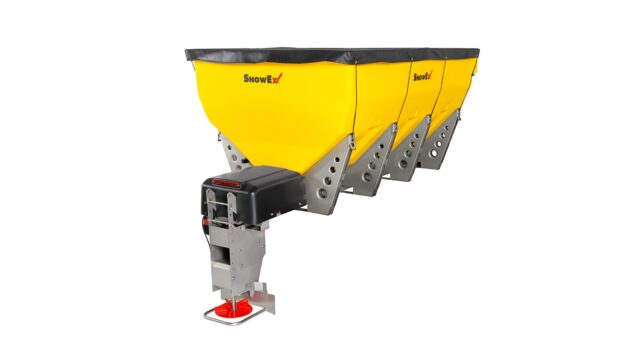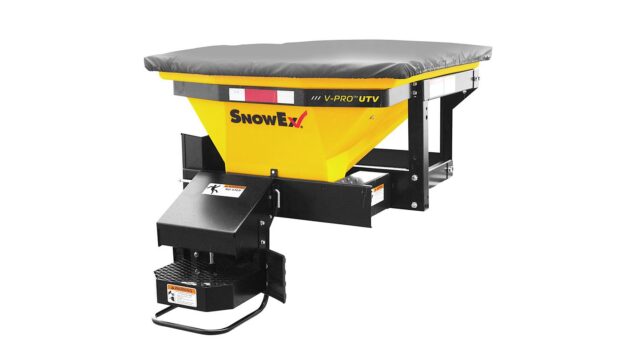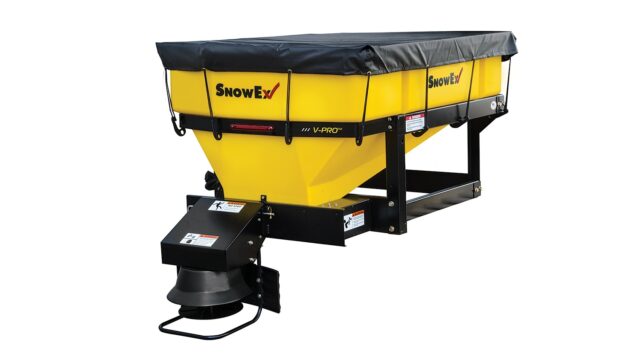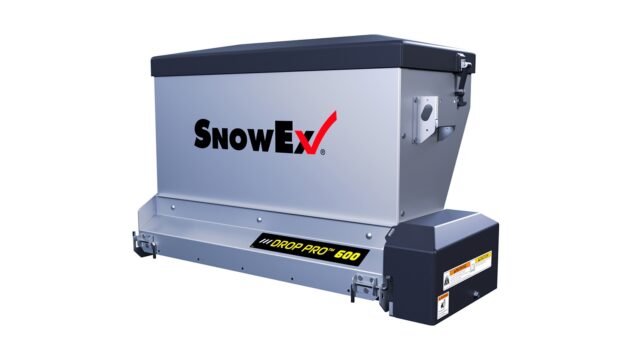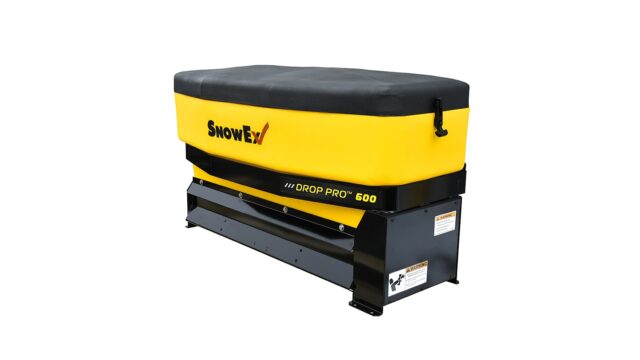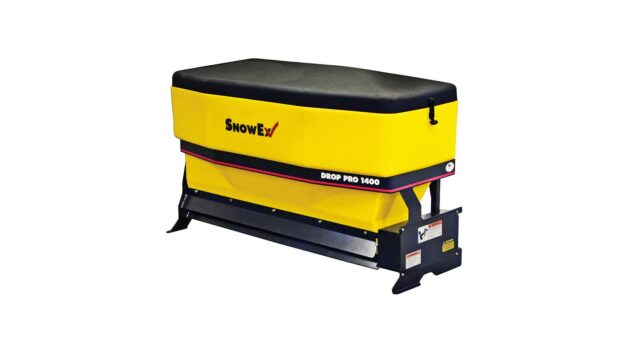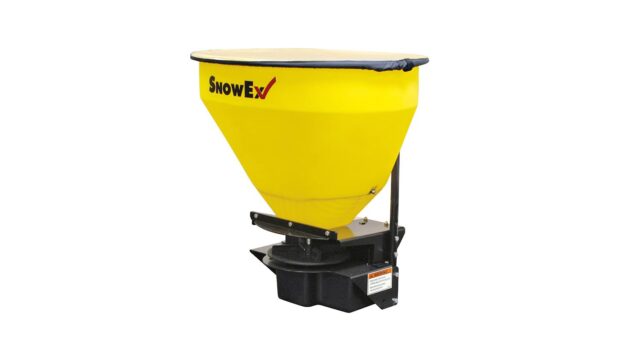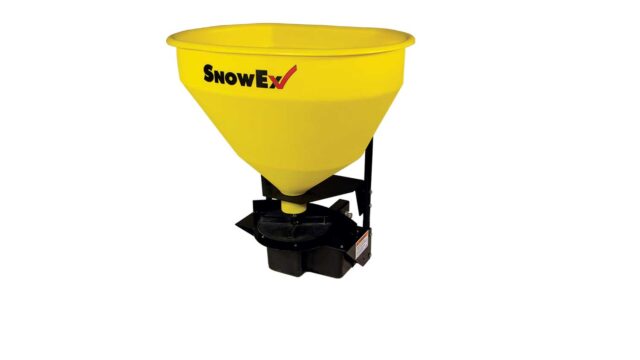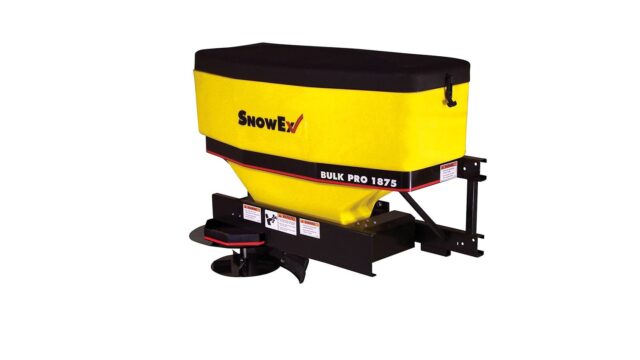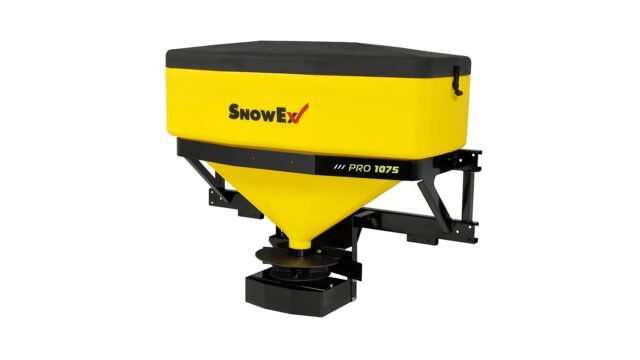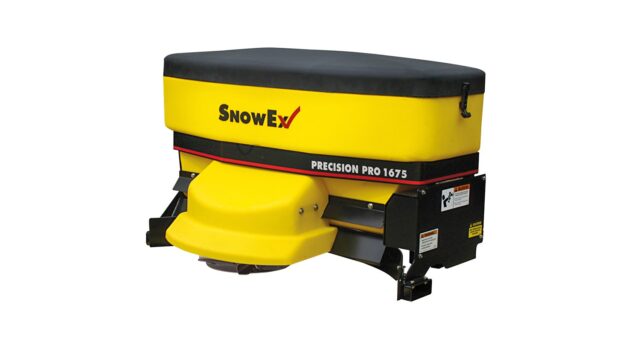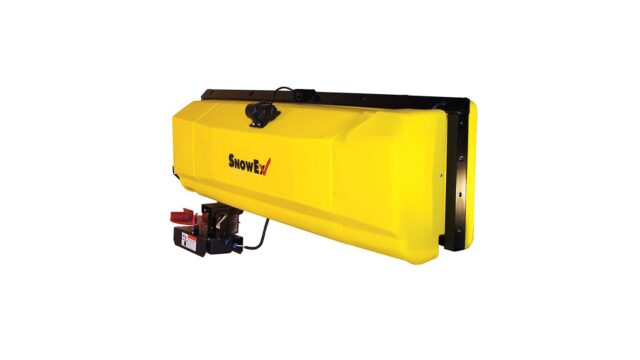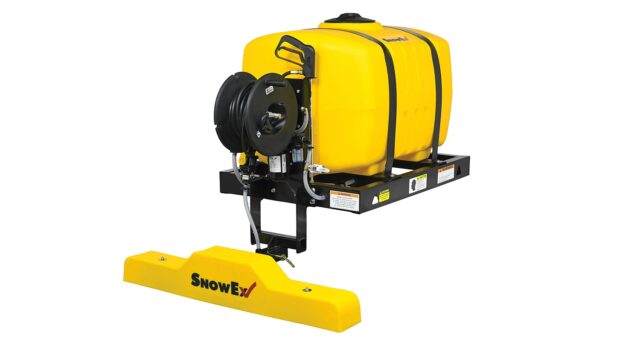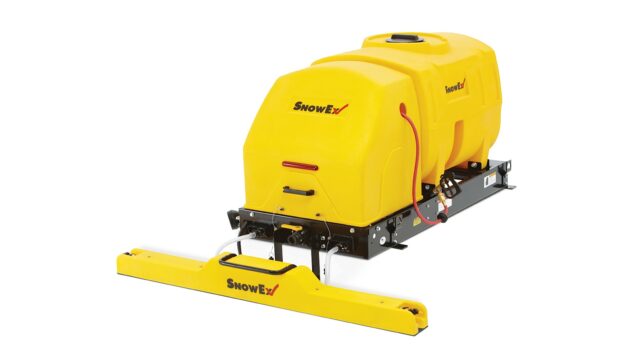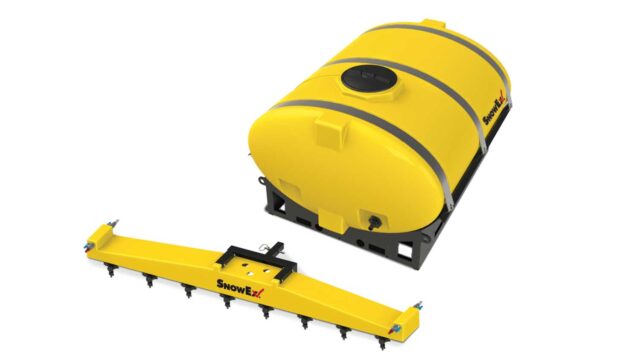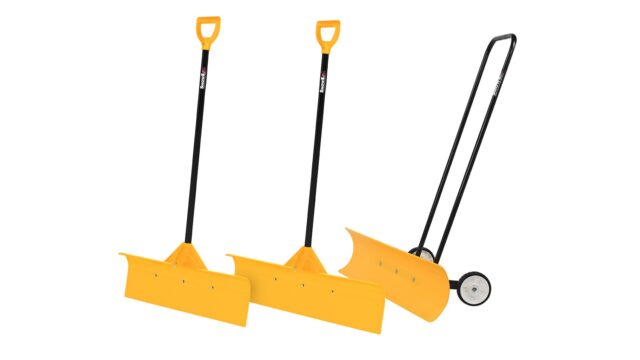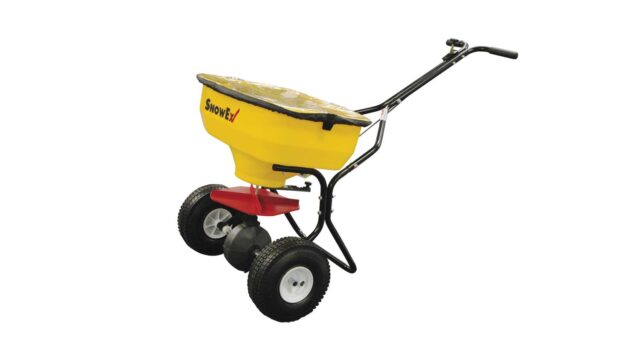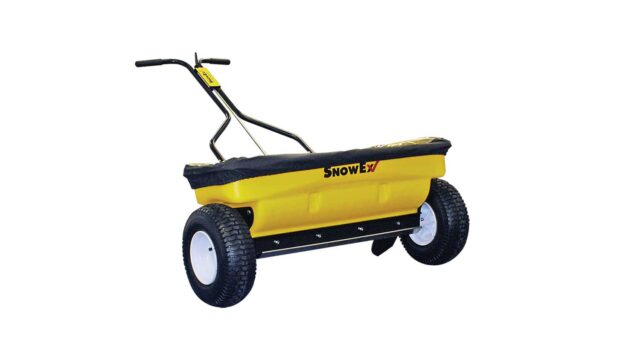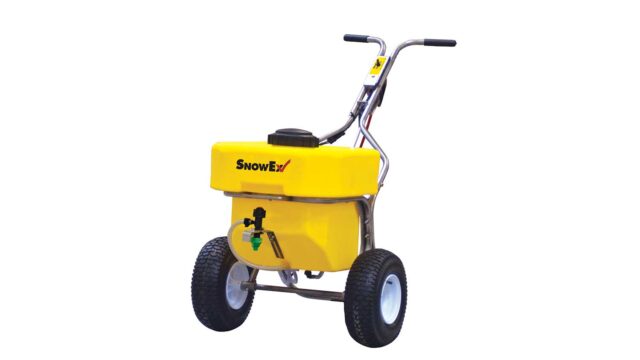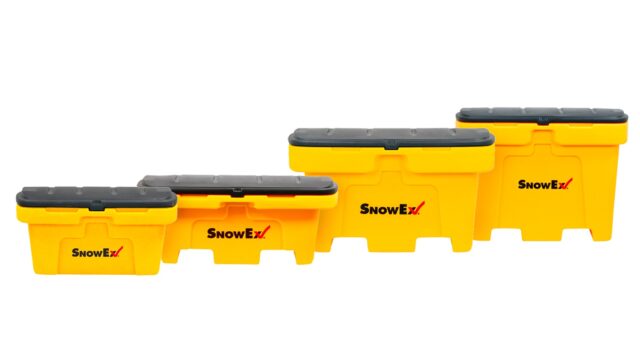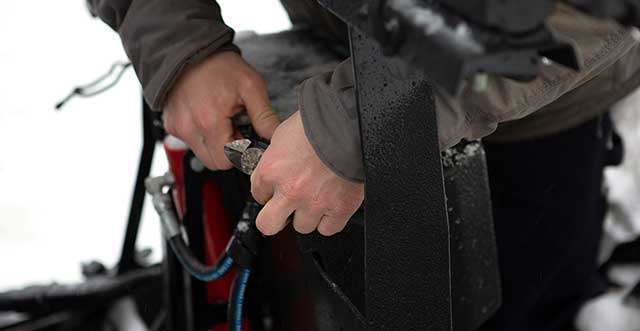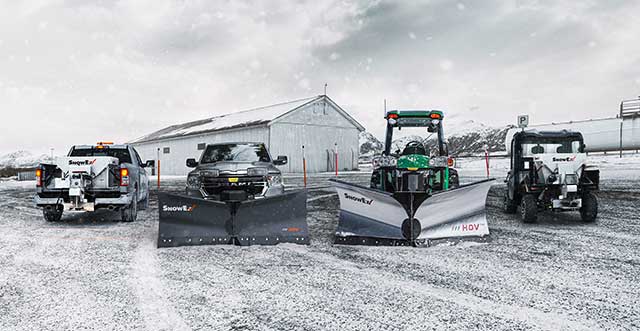Tips for Pricing Spreading Services
Created March 12, 2020

When winter rolls in, landscaping contractors’ work typically comes to an end — and so does the income. More have been turning to work that allows the business to operate year-round, such as snow and ice removal. It seems like a fail-proof idea — the basic business has been established already. Plus, with society’s ever-growing litigious nature, business owners, property managers and even some homeowners are willing to do whatever it takes to lessen their liability with slip-and-fall accidents. Additionally, few tools are needed to get a snow and ice removal business started: a reliable pickup with a plow on the front and a sand and/or salt spreader on the back.
As simple as this may seem, unfortunately it’s been a struggle for many, and nearly half of all new contractors lose money or go out of business after a year.
How to Determine What to Charge for Ice Control Services
How can the failure rate be so high for an industry with such demand and earning potential? The answer is simple. Most contractors just don’t know how to charge correctly for their services. To help ensure success, consider these items when determining the right price to cover costs and achieve profits.
Forget the big guys — One trait of failing contractors? They get hung up on their small company size and inexperience when setting prices. Small companies deliver services comparable to larger companies. There’s no reason to charge less for the same thing. Additionally, it’s a mistake to not set a price at all. Some contractors fluctuate prices based on how busy business is, but this will leave customers frustrated and feeling cheated. Other contractors tell customers to name their price, virtually guaranteeing that the business will lose some money on the job. Assuming that the price can be raised once a client base has been established also is problematic and can actually cause clients to move on once prices increase.
Equipment costs — While a truck, plow and spreader may be considered one-time costs, they still need to be calculated into each job’s pricing. Consider the cost for not only the monthly payments, but also wear and tear, preventative maintenance, licensing and insurance. Determine the expected service life of each piece, as well, before breaking the combined total down into a cost-per-use amount.
Labor costs — While calculating labor costs by combining an employee’s hourly wage with taxes and benefits may seem rather simple, contractors often miss an important part of the operation — themselves. It may seem logical that everything beyond operating costs would be income for the contractor, but this essentially results in undercutting one’s earning potential. The best way to treat this situation is to always factor an employee wage into the cost analysis, regardless if that employee just happens to be the owner.
External influences — While predictable costs may not be difficult to factor into a cost recovery system total, fluctuating expenses can quickly complicate matters. Fuel and spreading materials may come with very different price tags between the start and end of the season. Adding surcharges as material and fuel costs increase will only lessen customer confidence in getting a fair price. Instead, attempt to predict what may happen. If gas prices have been steadily increasing and are at $2.75 per gallon in the fall, a contractor may predict the price will peak around $3.25 per gallon. Calculating $3 per gallon throughout the season will cover current prices while not greatly elevating customer costs and yet preventing much profit loss during fuel price surges. This same principle applies to material costs — charge a higher-than-current rate to accommodate for price fluctuations.
Application size — The best-planned cost recovery analysis also will take typical applications into account. Choosing between setting a flat rate versus an hourly rate often depends upon the application. For instance, a small home project that takes less than an hour would be better suited for a flat rate. For a large shopping mall parking lot, it may be better to charge an hourly rate since the amount of snowfall and obstructions — such as shopping carts — can make a major impact on the time a job of that size will take.
Seasonal Contracts Versus Per-Application Pricing
Some contractors also use seasonal contracts for each client rather than per-application pricing. This is a bit of a gamble since some years may cause money loss while others could bring a windfall. A customer paying a contractor by season but experiencing little snow — and few needed services — may feel overcharged and demand a refund or move on to another business.
After determining the price needed to recoup costs and make a profit, stick to it. Some contractors may argue that the market won’t bear the price. If that truly is the case, then determine how to reduce costs or re-evaluate if even being in the snow and ice maintenance business is feasible. However, the problem usually isn’t with the market but with limitations contractors set for themselves.
While potential customers typically look at price first, this is the portion of the market that causes so many to undervalue their services. Nonetheless, the question most often heard by contractors is not “how much will this cost?” but instead it’s “how soon can you get here?” and “how quickly can you finish?” This clearly indicates that a sizable portion of the market is more concerned with quality of service. Furthermore, working for clients who value quality over price allows the opportunity to earn more profits throughout the winter — the main reason for getting into snow and ice maintenance in the first place.
